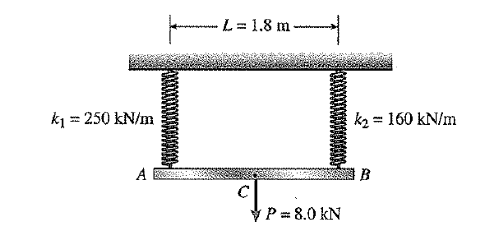Happily.
ChorasDen said:
Wood structural panel shear walls have higher stiffness than gypsum shear walls,
The forbidding of mixed type shear wall on panels in the same wall is seismic, wind you can use both. If they had dramatically different stiffness, de facto, one or the other takes the majority of the load, as you mentioned earlier.
Unless they changed SDPWS while I wasn't looking two different materials on the opposite sides of the same shear wall is not typically done, but is "allowed" for wind design.
The gypsum board panels get destroyed faster in seismic as they are less drift tolerant, They have reasonably similar stiffness. Anyway, so eventually it's just the plywood/OSB holding the entire load, plus as you mentioned for combined you are looking at what R=2 or 2.5, so it severely penalizes the use of the plywood with gypsum together, versus a "normal" seismic design ignoring the gypsum board panel (which is required anyway), using (as I recall) R=6.5, 7, or something like that. (The plywood only is designed for about a third of the not allowed combined system)
Refer to SDPWS as well as the various Woodworks publications on 4 story wood frame buildings (
Five Story wood frame structure over podium slab, December 2017, Thompson, page 60).
Woodworks has a pretty decent rubber hits the road discussion of it. Just beware it's a wall of text.
It's not an assumption, it's reality, it's just not useful in a seismic design, even if you are in lower seismic design categories it can still dominate the design because the R=2 will create gypsum (only) shear walls that don't satisfy code required forces.
Seismic one wouldn't use different shear wall panel types on each side of the wall because it's simply not allowed, the reason has nothing to do with the relative stiffness of the gypsum or plywood/OSB panels. I expect the G
a values in the SDPWS are fairly similar as well. You'd normally not use a few plywood/OSB shear walls and a few gypsum board shear walls elsewhere because it penalizes the plywood/OSB walls by forcing a R=2 or 2.5 on all the panels.

